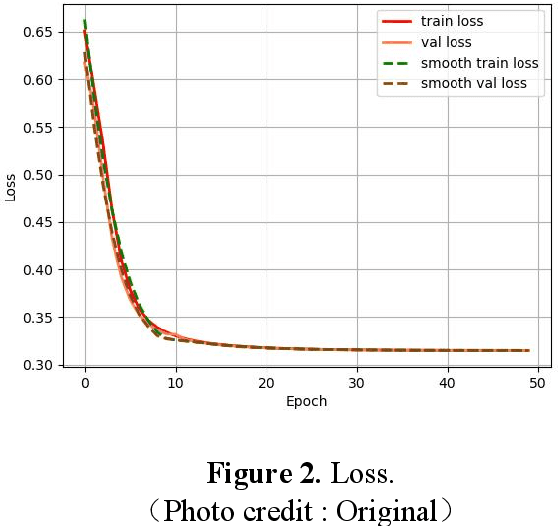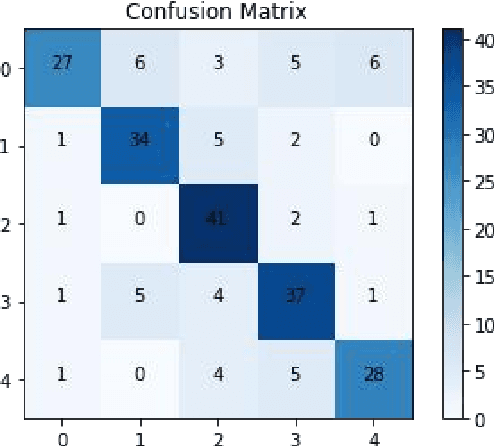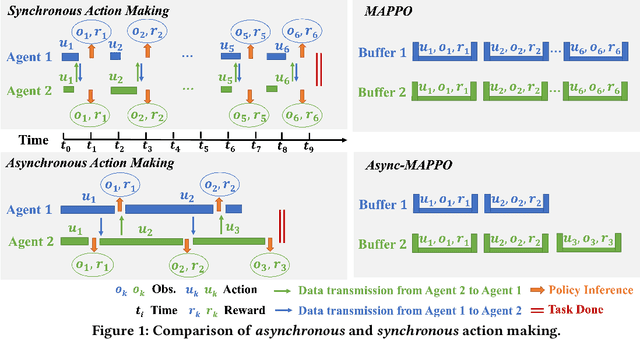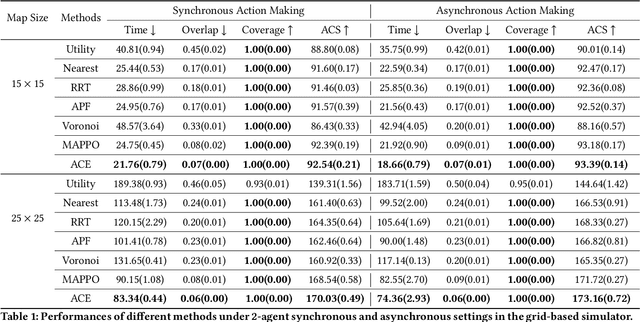Ruixin Huang
Improved AdaBoost for Virtual Reality Experience Prediction Based on Long Short-Term Memory Network
May 17, 2024



Abstract:A classification prediction algorithm based on Long Short-Term Memory Network (LSTM) improved AdaBoost is used to predict virtual reality (VR) user experience. The dataset is randomly divided into training and test sets in the ratio of 7:3.During the training process, the model's loss value decreases from 0.65 to 0.31, which shows that the model gradually reduces the discrepancy between the prediction results and the actual labels, and improves the accuracy and generalisation ability.The final loss value of 0.31 indicates that the model fits the training data well, and is able to make predictions and classifications more accurately. The confusion matrix for the training set shows a total of 177 correct predictions and 52 incorrect predictions, with an accuracy of 77%, precision of 88%, recall of 77% and f1 score of 82%. The confusion matrix for the test set shows a total of 167 correct and 53 incorrect predictions with 75% accuracy, 87% precision, 57% recall and 69% f1 score. In summary, the classification prediction algorithm based on LSTM with improved AdaBoost shows good prediction ability for virtual reality user experience. This study is of great significance to enhance the application of virtual reality technology in user experience. By combining LSTM and AdaBoost algorithms, significant progress has been made in user experience prediction, which not only improves the accuracy and generalisation ability of the model, but also provides useful insights for related research in the field of virtual reality. This approach can help developers better understand user requirements, optimise virtual reality product design, and enhance user satisfaction, promoting the wide application of virtual reality technology in various fields.
Asynchronous Multi-Agent Reinforcement Learning for Efficient Real-Time Multi-Robot Cooperative Exploration
Jan 09, 2023



Abstract:We consider the problem of cooperative exploration where multiple robots need to cooperatively explore an unknown region as fast as possible. Multi-agent reinforcement learning (MARL) has recently become a trending paradigm for solving this challenge. However, existing MARL-based methods adopt action-making steps as the metric for exploration efficiency by assuming all the agents are acting in a fully synchronous manner: i.e., every single agent produces an action simultaneously and every single action is executed instantaneously at each time step. Despite its mathematical simplicity, such a synchronous MARL formulation can be problematic for real-world robotic applications. It can be typical that different robots may take slightly different wall-clock times to accomplish an atomic action or even periodically get lost due to hardware issues. Simply waiting for every robot being ready for the next action can be particularly time-inefficient. Therefore, we propose an asynchronous MARL solution, Asynchronous Coordination Explorer (ACE), to tackle this real-world challenge. We first extend a classical MARL algorithm, multi-agent PPO (MAPPO), to the asynchronous setting and additionally apply action-delay randomization to enforce the learned policy to generalize better to varying action delays in the real world. Moreover, each navigation agent is represented as a team-size-invariant CNN-based policy, which greatly benefits real-robot deployment by handling possible robot lost and allows bandwidth-efficient intra-agent communication through low-dimensional CNN features. We first validate our approach in a grid-based scenario. Both simulation and real-robot results show that ACE reduces over 10% actual exploration time compared with classical approaches. We also apply our framework to a high-fidelity visual-based environment, Habitat, achieving 28% improvement in exploration efficiency.
 Add to Chrome
Add to Chrome Add to Firefox
Add to Firefox Add to Edge
Add to Edge